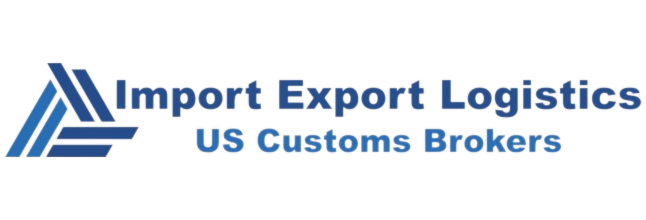[ad_1]
In today’s complex and highly regulated business environment, regulatory compliance is a crucial aspect of operations for organizations across various industries. Whether you’re a small startup or a large corporation, understanding and adhering to regulatory standards is essential for avoiding penalties, protecting your brand reputation, and ensuring the safety and security of your customers and employees.
What is Regulatory Compliance?
Regulatory compliance refers to the process of ensuring that an organization follows laws, regulations, standards, and guidelines relevant to its industry. These regulations are put in place by government bodies, industry associations, and other regulatory authorities to protect consumers, promote fair competition, and maintain order in the marketplace.
Some common areas of regulatory compliance include data privacy, financial reporting, product safety, environmental protection, and labor laws. Failure to comply with these regulations can lead to legal consequences, financial penalties, and reputational damage.
Why Does Regulatory Compliance Matter?
Compliance with regulatory requirements is not just a legal obligation – it is also a strategic business imperative. Organizations that prioritize compliance demonstrate their commitment to ethical business practices, trustworthiness, and accountability. By upholding regulatory standards, companies can build stronger relationships with stakeholders, attract investors, and differentiate themselves from competitors.
Moreover, regulatory compliance helps organizations mitigate risks and avoid costly mistakes that can result in lawsuits, fines, and operational disruptions. By proactively addressing compliance issues, businesses can enhance their operational efficiency, protect their assets, and maintain a competitive edge in the market.
Key Components of Regulatory Compliance
Effective regulatory compliance programs are built on a foundation of key components that govern how organizations manage regulatory risks and ensure compliance with applicable laws and standards. Some of the essential components include:
- Compliance Policies and Procedures: Establishing clear policies and procedures that outline compliance requirements and expectations for employees.
- Compliance Training: Providing regular training and education to employees on compliance-related topics to ensure awareness and understanding of regulatory requirements.
- Compliance Monitoring and Reporting: Implementing processes to monitor compliance activities, identify issues, and report on compliance performance to key stakeholders.
- Compliance Audits and Reviews: Conducting regular audits and reviews to assess the effectiveness of compliance controls, identify gaps, and implement corrective actions.
- Compliance Documentation: Maintaining thorough documentation of compliance activities, policies, procedures, and audit findings for record-keeping and audit purposes.
Conclusion
Regulatory compliance is a critical aspect of business operations that cannot be overlooked. By understanding the basics of regulatory compliance and investing in effective compliance programs, organizations can protect themselves from legal and financial risks, enhance their reputation, and maintain the trust of customers and stakeholders. Prioritizing compliance is not just a legal requirement – it is a strategic imperative that can drive long-term success and sustainability in today’s rapidly changing business landscape.
FAQs
1. What are the consequences of non-compliance with regulatory requirements?
Failure to comply with regulatory requirements can result in legal consequences, financial penalties, reputational damage, and operational disruptions. Organizations that neglect compliance may face lawsuits, fines, regulatory sanctions, and loss of trust from customers and stakeholders.
2. How can organizations ensure ongoing compliance with regulatory standards?
Organizations can ensure ongoing compliance with regulatory standards by implementing robust compliance programs that include policies, procedures, training, monitoring, auditing, and documentation. Regular compliance reviews, assessments, and updates are essential to address changing regulatory requirements and mitigate compliance risks.
[ad_2]
